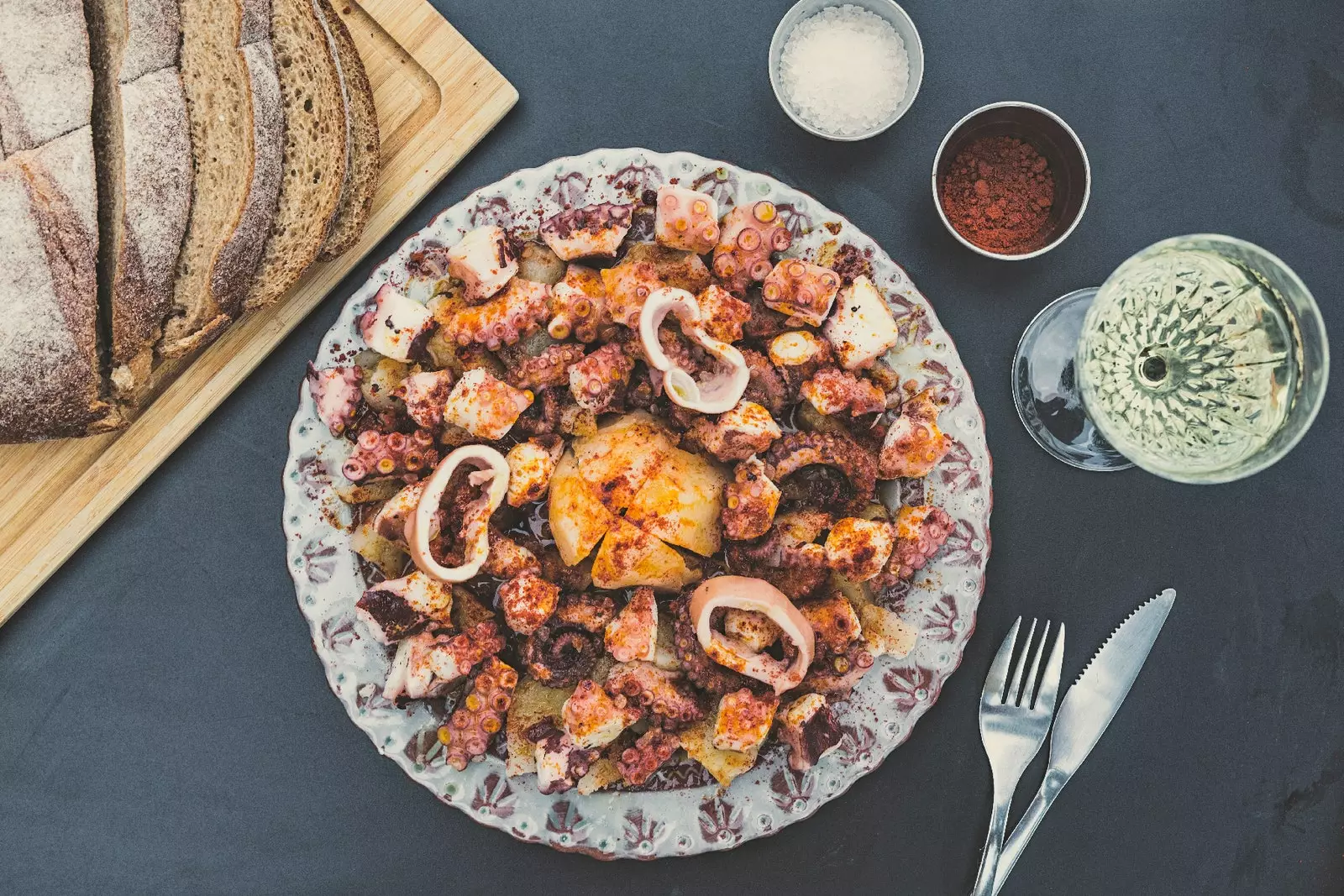
Rías Baixas: the gastronomic destination you were looking for
Forget everything you've heard about the **Rías Baixas**. Forget the photographs you have seen or what you have been told. Because they are probably true, we are not going to say no, but they are just the tip of the iceberg of a territory that is much more than you imagine and that you have to discover for yourself.
Because Rías Baixas, in reality, is not a destination: it is a way of life.
It's that corner of Galicia where the Atlantic juts out into the land, where the mountains plunge into the sea and where the valleys take you inland towards monumental cities, towards centuries-old forests that stretch as far as the eye can see, and towards roads between vineyards; It is that place where the baroque manor houses look face to face with the estuaries , in which the terraces animate the ports and in which the gastronomy is not only what you will find on the menu of the restaurants and it becomes an all-encompassing experience.
THE RAW MATERIAL
The raw material It is one of the strong points of Galician gastronomy and in the Rías Baixas this is something that is clear from the moment you arrive. If you arrive by land they will be vineyards and plots planted with potatoes, corn or cabbages; if you arrive from the air it will surely be the mussel rafts that dot the estuaries but, in any case, you will soon realize that the raw material is very present here and is part of everyday life, of every moment of life.
The tireless work of shellfish in the sandbanks, that of the percebeiros in **Bueu, on the island of Ons or in the Cíes** and that of the inshore fleet from ports such as **Cangas, Marín, Portonovo or O Grove** bring daily the markets some of the best products of the sea: scallops, crabs, crabs, razor shells, oysters, clams, mussels, cockles and barnacles; rays, sardines, horse mackerel, sea bream, sea bass, sole, turbot and octopus share the limelight with **species that are entering the market with force such as carneiros (escupiñas), ameixóns (thin shells) ** or even algae creating endless gastronomic possibilities.
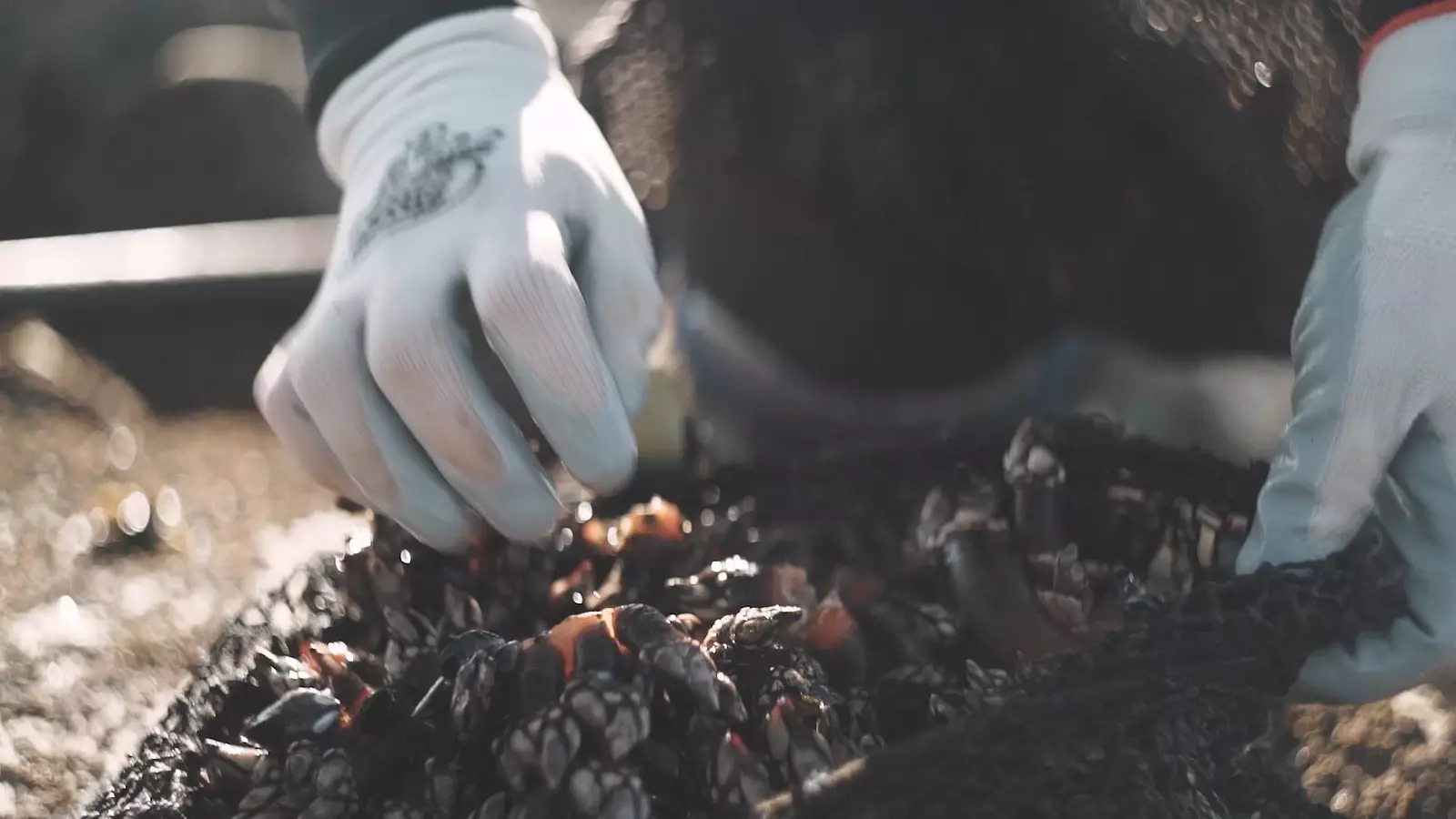
The work of a barnacle
Some oysters or some natural clams? Some steamed cockles? maybe some razor clams with rice or a cuttlefish empanada in its ink . And then, who knows, maybe a octopus to fair , a ray caldeirada or a Fish dish in some of the best contemporary restaurants in Galicia. All tastes will find here something that suits them.
Although the pantry does not end at sea. One only has to look back to earth to realize that there is a revolution under way: a revolution that takes up the legacy of traditional farms and orchards and reinvents it by recovering autochthonous breeds such as the Celtic pig, which claims forgotten vegetables and cereals, such as the corvo millet - a local variety of purple corn that is grown in the Ría de Pontevedra - for the contemporary market and that converts the orchards of the region of O Deza in an inexhaustible source of products that change with the seasons.
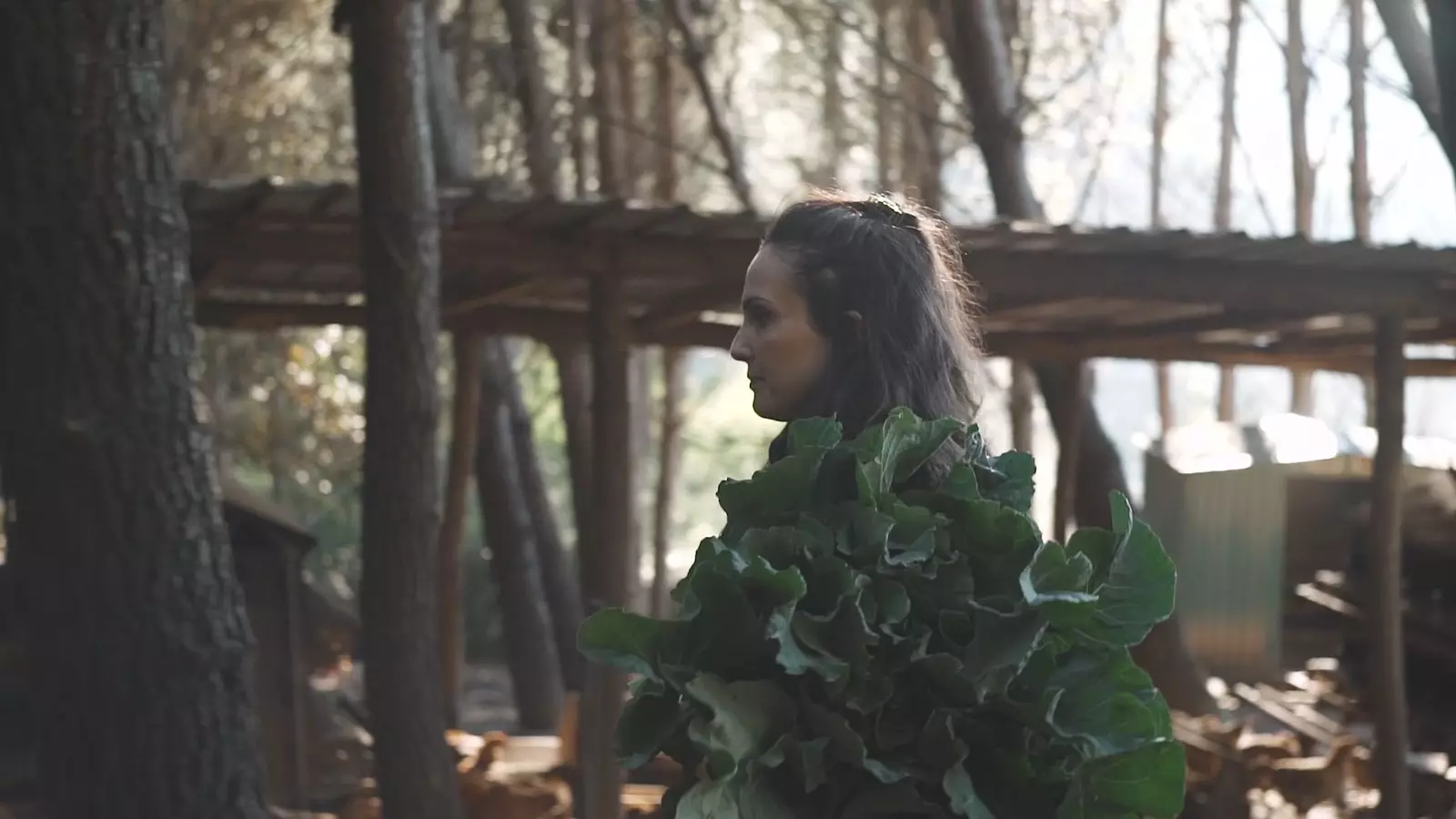
The Galician fields, lands of cabbage, peppers, potatoes...
THE PRODUCERS
None of this would be possible without producers who have been adapting to the climate and products for generations.
Here, for example, the oldest canneries in Spain continue to operate.
A tour of the ports of To Illa de Arousa, Vilaxóan or Aldán It will make you immerse yourself in a century-old history of salting sagas, sailboats that crossed the ocean and people who came from other places to stay.
In many towns on the coast, even today, Catalan, Italian and Basque surnames are common, speaking of seafaring stories, of comings and goings, of a sector that opened up to the world from these ports.
Be sure to visit the ** Massó de Bueu museum ** and the old whaling factory in Cangas to learn a little about this history.
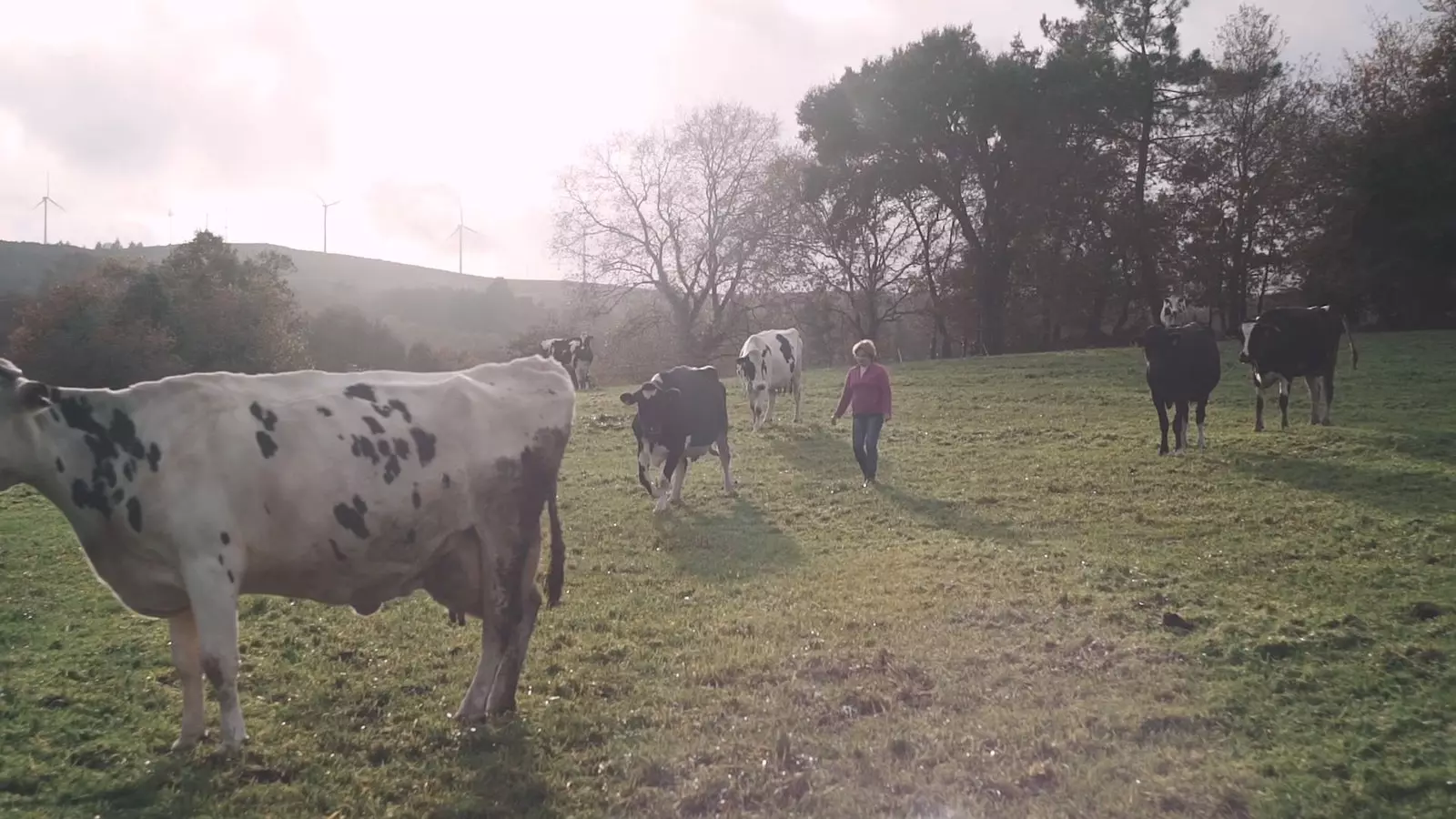
Without producers, ranchers, barnacles... there would be no Rías Baixas
If your thing is ancestral products, be sure to explore the variety of recipes that come out of the ovens in the area. Do you want any clues? Try the Butter bread from Caldas de Reis , the empanadas -with scallops, cockles, xoubas- from Cambados or visit one of the ovens of O Porriño.
Let yourself be carried away by your sense of smell and you will end up finding a bakery where you can enjoy a broa -corn bread- on the coast or maybe even an empanada pork shoulder with turnip greens or chorizo and bacon in the inland towns.
Do not forget to mark places on your tour such as Village of Crosses. Enjoy the interior landscapes, the banks of the Ulla, the Deza and the Toxa , from places like A Carixa bridge, that seems taken from some legend, from a traditional cuisine marked by dishes such as broth or stew.
And look for projects like Galo Celta. David and Patricia will guide you on a journey through tradition projected into the future at their charming farm. If you have the chance, ask them about the secret of the hen in salt.
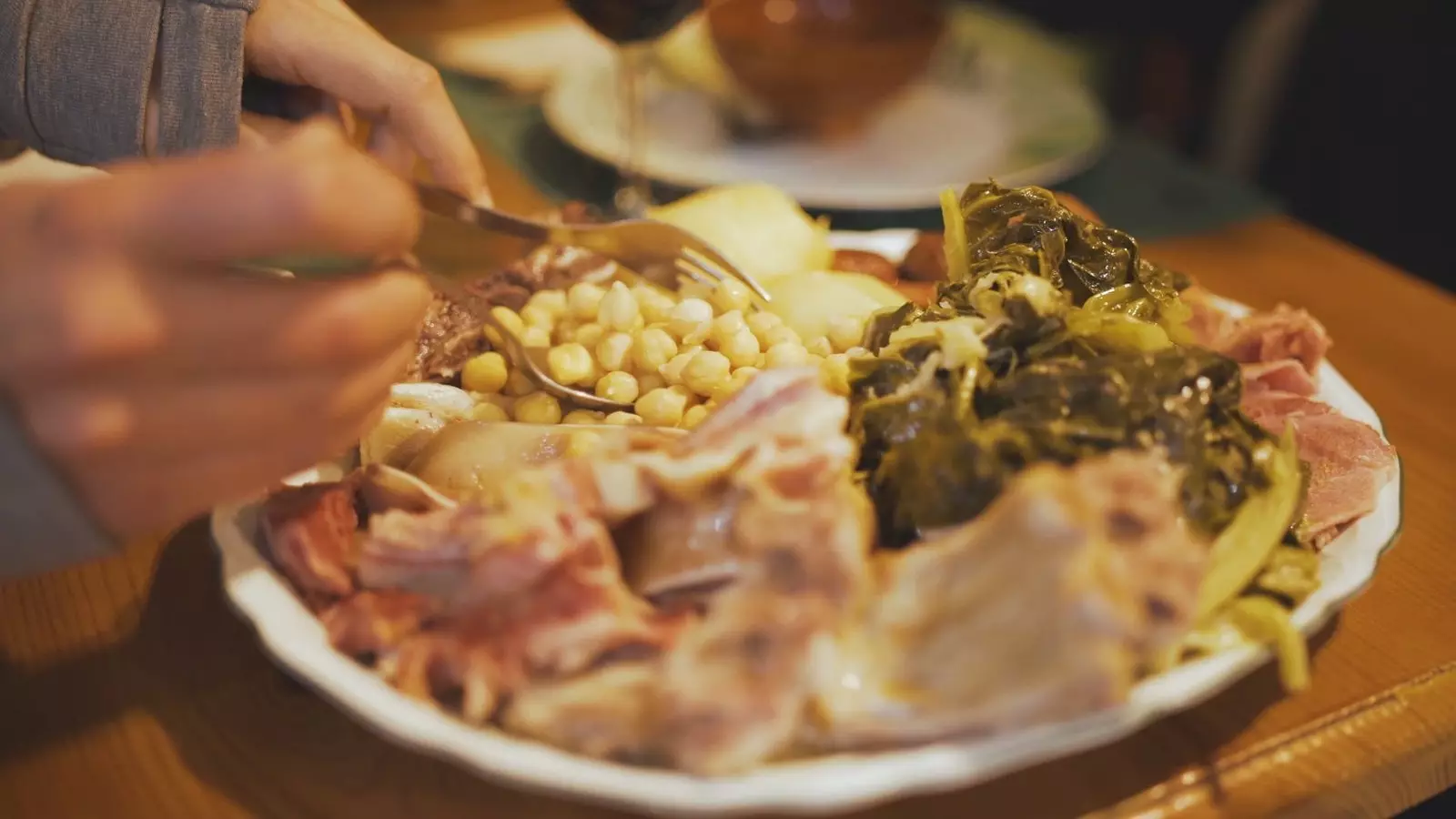
Turnip tops, chickpeas, bacon... the Galician stew, an unrivaled dish
MARKETS AND MARKETS
The rhythm of life on the coast is marked by the ports and the fish markets. There is a moment of the day when everything stops, when inshore boats they approach the shore flanked by seagull clouds and in which life centers on the docks. Those minutes of mooring and unloading the catches are something you have to know.
Within this process, the ritual of the fish market is the peak moment: the organization of the lots, the rush, an auction that may seem incomprehensible at first but is governed by rules and codes that have been respected here generation after generation. . A unique show that defines life in these ports.
WINE TOURISM
Rías Baixas is synonymous with wine, with projects that have their roots in history and that coexist with others, more recent, that reinvent the sector.
Some towns are literally surrounded by vineyards and anywhere, going to a tavern or taking a look at the menu of any restaurant, you will discover that here wine is not only drunk but also lived.
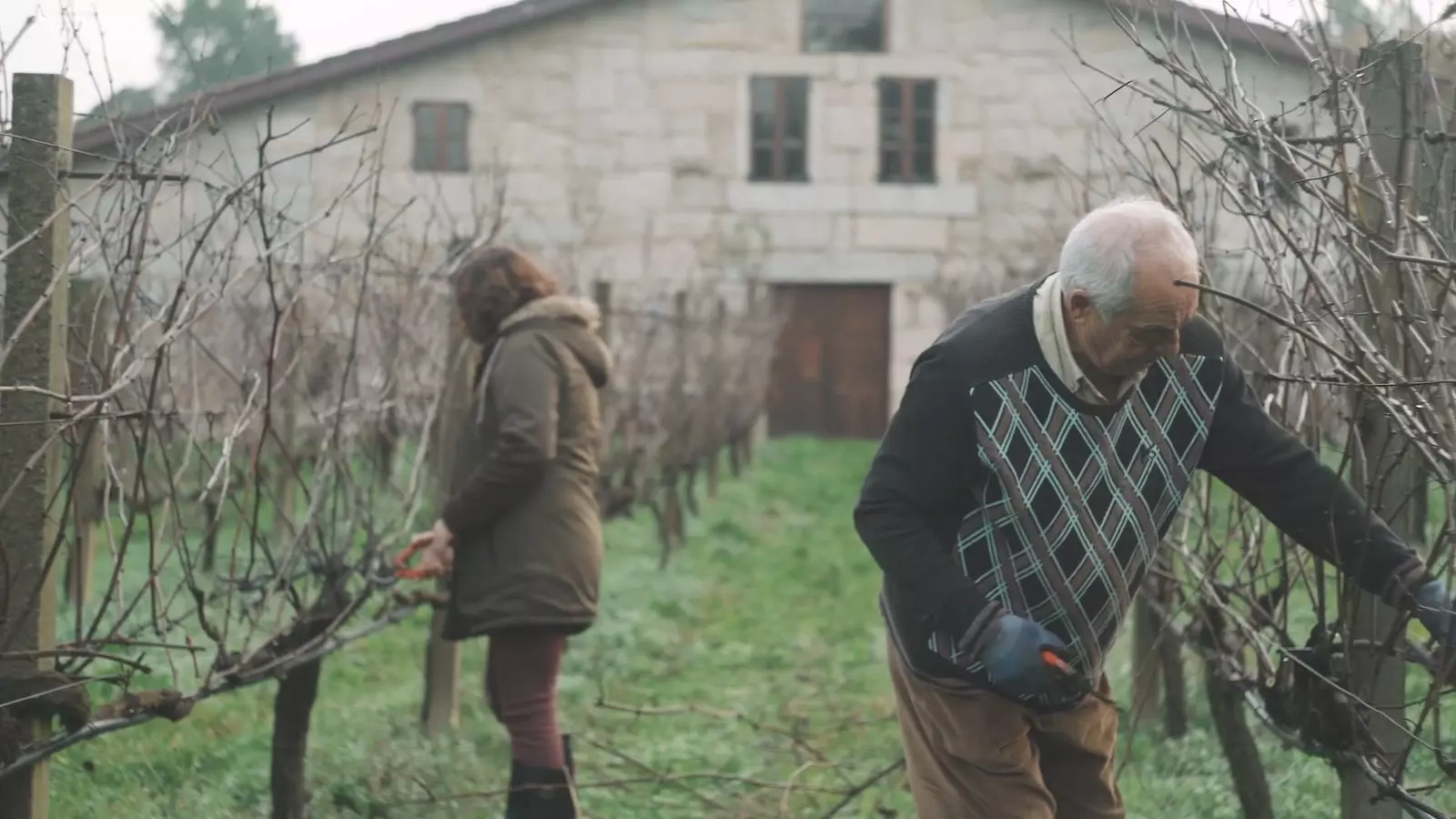
The wines of the Rías Baixas, cared for with techniques passed down from generation to generation
Whatever your preference in terms of wines is concerned, you will have a choice: from bodegas in pazos – Pazo Fefiñáns, Pazo de Lusco, Pazo de Señoráns and a long etcetera- with three or four centuries of history to more current complexes that highlight the most innovative side of the sector.
And together with the visit to the wineries, which in many cases are in the middle of spectacular landscapes, concerts among the vineyards, cooking classes, night harvests, festivals, dramatized visits and tastings that take place throughout the year.
The wine in Rias Baixas It is much more than you imagine. It is, of course, a world of fascinating white wines, but also light reds with an Atlantic soul; is a world of elegant distillates based on many cases in formulas that families in the sector have passed on for decades , of sparkling wines that will not cease to surprise you and it is, above all, a world that you have to experience going through the barrel rooms, strolling among ancient camellias or peering into the humidity of the stone in the historic wineries to understand that there is much more to a glass of Rías Baixas than just wine.
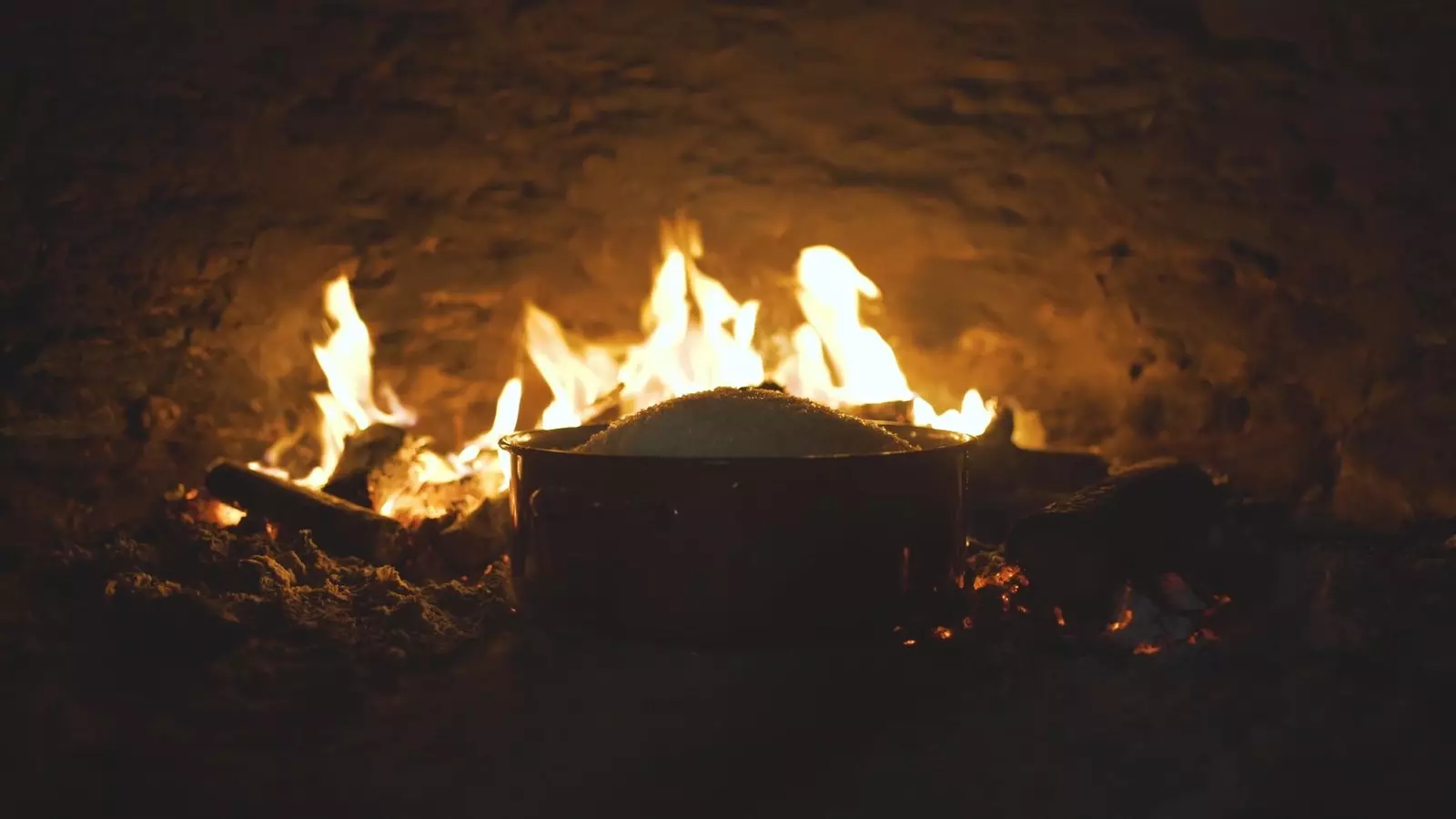
celtic gaul
THE RESTAURANTS
Here you have always eaten well. The freshest fish and the most immediate orchards have always nourished the eating houses and taverns with a raw material of a freshness difficult to find elsewhere. And historically, some of the best restaurants in Galicia have been here.
It is something that continues to happen today. In any town in the area you will find a good handful of traditional restaurants - go for a carne richada if you are inland, or perhaps a dozen fresh oysters on the coast - a few bars and taverns where have a local wine and a tapa –If you don't know where to start, with the octopus you will always be right.
If you prefer meat, maybe a tapa of ear with paprika or a bit of zorza (marinated pork loin) be a good option.
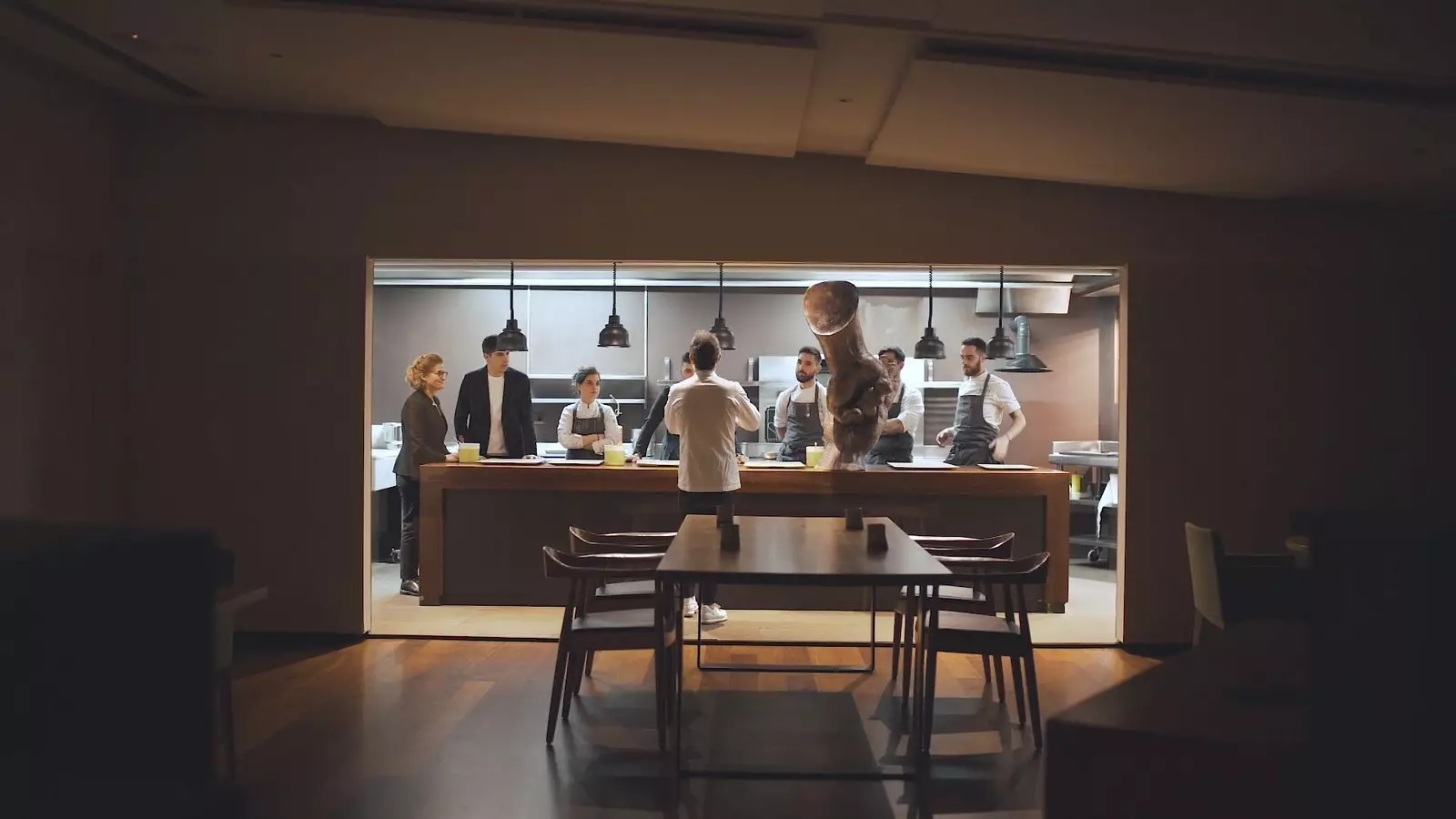
Pepe Solla in Solla
And next to them restaurants whose names are sure to ring a bell. ** Solla, Culler de Pau, Viñoteca Bagos, Yayo Daporta, Taberna Meloxeira, Sabino, Michael's, Taberna A Curva, Pepe Vieira...** These are just some of the houses where Galician cuisine is reinvented, where tradition it is formulated in unprecedented ways; locals that pamper the product, who know the suppliers and who show every day how far a well-understood tradition can be taken.
Between all of them they accumulate stars, suns and recommendations from the main guides.
But that's not important: sit at their tables, take a look at the landscape from their dining rooms , let yourself be guided by its staff and you will understand that these recognitions are only an indication that things are happening here that you can't miss , that each dish will tell you a story that talks about chefs, producers and raw materials , but also of a place, of landscapes and of a way of understanding life.
